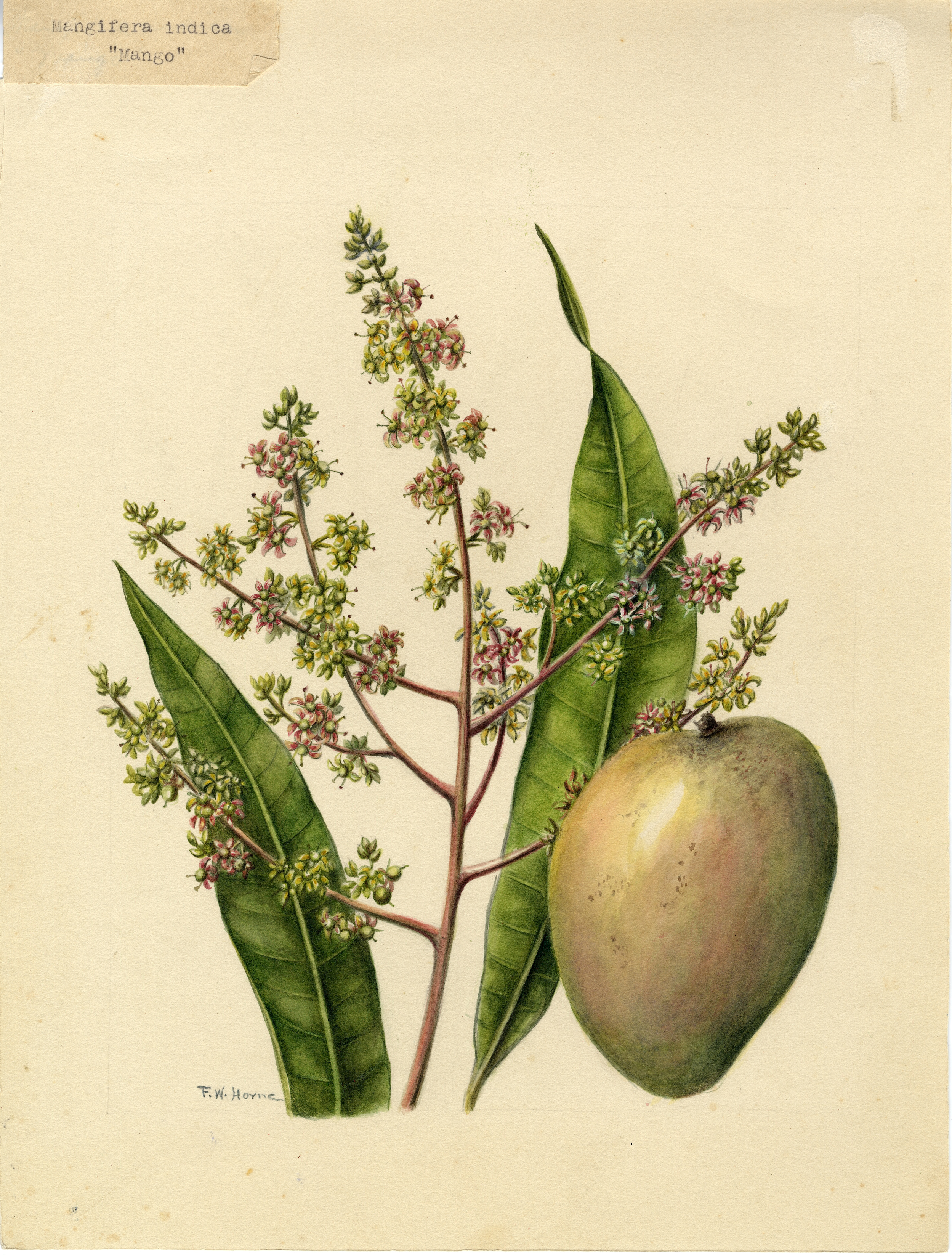By Michael Noi
Aug 3 2023
The mango plant, scientifically known as Mangifera indica which means “an Indian plant bearing mangos”, belongs to the Anacardiaceae family. It is believed to have come from Southeast Asia, specifically in northeastern India, Myanmar, and Bangladesh. The mango is known to be one of the most important tropical fruit crops worldwide and has been grown for hundreds of years. It has spread to various parts of the world through human migration, trade, and colonization. Today, mangoes are grown in many tropical and subtropical regions across the globe.
Sources have indicated that the mango originated in the Hindu Burma region in Asia around 4000 years ago. Mangoes spread gradually throughout other countries in Asia and then to the rest of the world. Mango has a very large seed , hence it was transported and planted globally. Mangoes were introduced to the Caribbean by 15th century Spanish and Portuguese explorers. Mangoes were first planted in Barbados in 1742 and by the early 19th century were being grown in Mexico. Mangos appeared to excel at finding fertile soil and a warm tropical climate and settling in the Caribbean. The mango plant has expanded to practically every island, with special populations in Jamaica, Cuba, Haiti, and Puerto Rico. Their cultivar names frequently reflect the fruit's heritage, such as 'Julie', 'Graham', and 'East Indian'.
Mango trees are deep-rooted, symmetrical evergreens that grow to be 90 feet tall and 80 feet wide. When young, mango trees have simple alternate lanceolate leaves that are 12 to 16 inches long and yellow-green, purple, or copper in color. Mature leaves are leathery, lustrous, and dark green. Mature terminal branches bear pyramidal flower panicles with hundreds of white flowers that open to approximately a 1/4-inch diameter. The majority of the blooms act as males by producing pollen, however some are bisexual and produce fruit. Flies, wasps, and bees pollinate the flowers.
The mango fruit is the plant's most well-known and attractive feature. It is a fleshy drupe with different shapes, sizes, and colors according on the type. Mango fruit are usually oval and elongated in shape, with a unique curving snout at one end. The skin of the fruit can be green, yellow, orange, or red, or a combination of these colors. Mango flesh is delicious, sweet, and fragrant, with a large, flat, and firm seed in the center.
Mango is a sweet and versatile fruit that may be utilized in a variety of recipes. Because of its sweet, juicy, and tropical flavor, it is a popular addition in both savory and sweet cuisines. The simplest and most delightful way of eating mango is fresh and ripe. You can cut it into slices or cubes. Mango gives smoothies and shakes a tropical flavor. Make a delicious and healthful drink by blending mango with yogurt, milk, or fruit juices.
Additionally, mango has medicinal uses in many cultures. It is particularly a rich source of polyphenols, a diverse group of organic micronutrients found in plants which exert specific health benefits. Mango is high in vitamins, minerals, and antioxidants, and it has been linked to a variety of health advantages, including increased immunity, and digestive and ocular health. In some parts of Africa and Asia, the leaves are used in making traditional herbal medicines.
Finally, the mango tree is more than just a fruit-bearing tree, it is a symbol of cultural legacy, agricultural creativity, and sustainability. We can utilize the full potential of this tropical resource for feeding both our bodies and our planet by cultivating, maintaining, and cherishing it. Let us appreciate this gift from nature and collaborate to guarantee that the mango plant flourishes and continues to reward us with its rich treasures for future generations.













